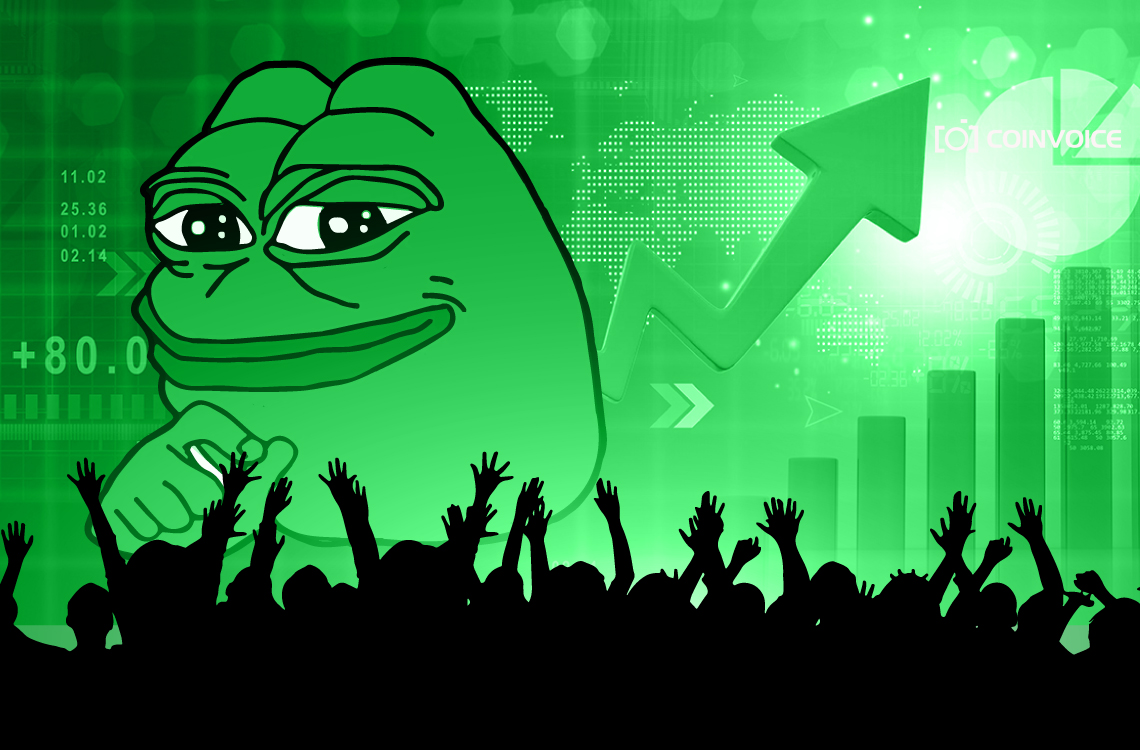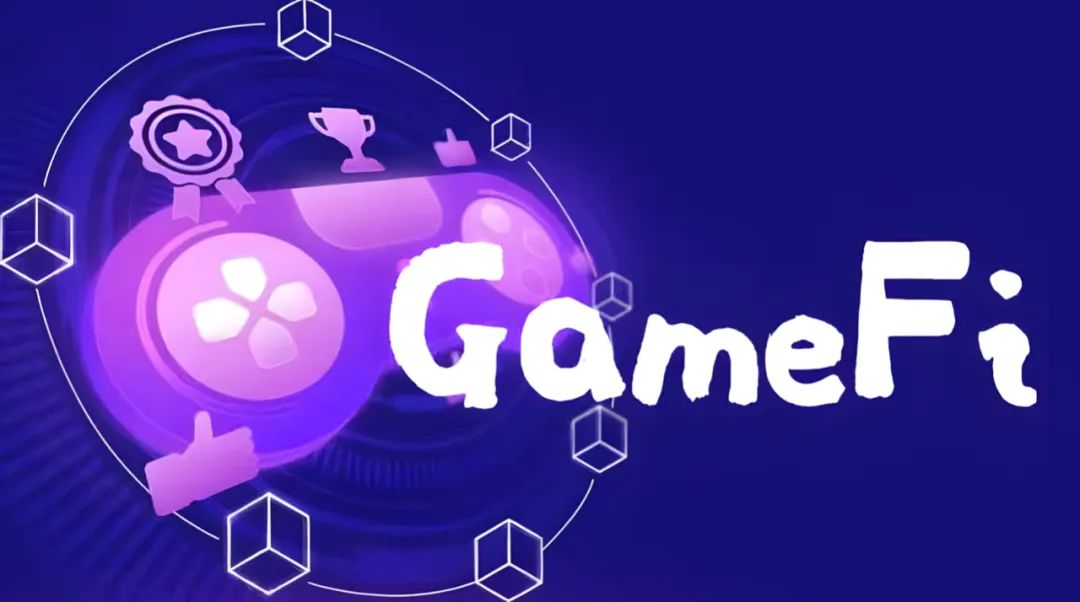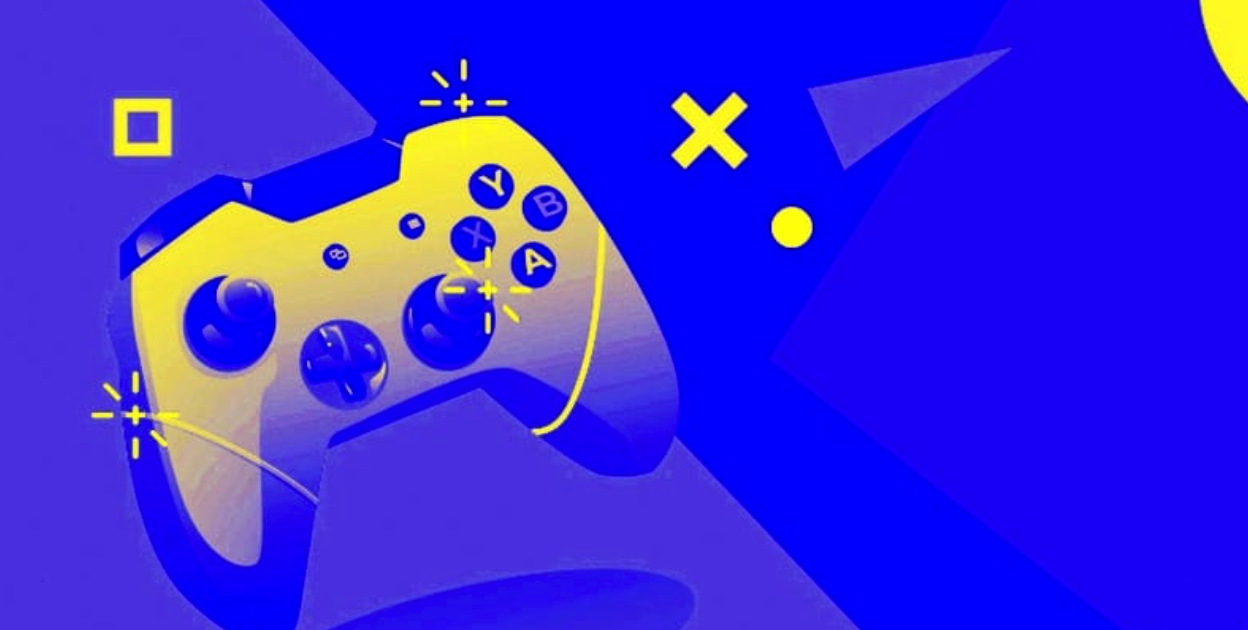There is no money to develop VS to squander, how much is the gap between “poor projects” and “rich projects”?
Aristotle said, "Those things shared by the vast majority of people receive only the least amount of care."
The public chain is the least expensive and the most lacking in money.
On June 15th, a message that “BCH developers can't raise 800 BCHs” was a big surprise. Although there was a similar dilemma in the Grin community not long ago, this time it was BCH, the BTC Great Prince and the market leader.
Although the BCH that developers donated shortly after crying has doubled, it is still difficult to conceal the inefficient and unsustainable situation of centralized community developers.
- Difficulties, change, rule, expose Facebook's mental journey
- Xiao Lei: The biggest challenge for Tencent and Ali will be digital currency.
- Launch the first Libra transfer minimalist tutorial
On the other hand, the development of more central EOSs is richly “willful” and they recently bought a domain name for the new product, Voice, for $30 million. The chain “new upstart” TRON can take out 2 billion dollars to make a big difference.
Money can not only show off wealth, but also take the lead in developing public chains and building communities. Recently, the blockchain world has a traffic giant like Facebook. Looking at these siege competitions, BCH supporter Cindy is hard to hide his anxiety.
“The time left for the decentralized development team may not be much.” Cindy told the Odaily Planet Daily.
Behind the lack of developer incentives, there are more complex approaches to community governance.
“PoW's early design lacked a governance approach, which caused a lot of problems.” Jiang Jiazhi, a former developer of BCH and also responsible for the development of the bottom layer of Bitland, once said.
BCH, and more PoW public chains that lack developer incentives, may need to find a new way out.
Lack of money in the public chain: 800 BCH are not given?
Is the BCH community poor?
This question is seen by people inside and outside the community. The answer is all negative: BCH is comparable to the normal currency, and the market value is ranked in the top five. It is not only the great prince of BTC, but also the support of the gold masters such as Bitcoin and "Bitcoin Jesus" Roger Ver.
According to BitMex's report, last year, Wu Jihan and Ao Bencong's calculations (burning money) battle cost 14 million US dollars (equivalent to more than 96 million yuan). Can not help but let the spectators call the BCH community richly "willful".
Now, with the exhaustion of smoke, BCH developers are raising 800 coins to “block”, which is unexpected.
The fundraising started on May 30 was initiated by FVNI and individuals and groups supporting BCH, such as Bitcoincash.org. FVNI is a non-profit organization that aims to assist BCH developers.
The announcement shows that in order to support developers to build and maintain the necessary infrastructure to maintain BCH's competitiveness and prepare for global applications (mainly payment), 800 BCHs (approximately 350,000) will be raised by August 1st. USD). The proceeds from the fundraising will be placed in the Bitcoincash Development Fund. Of course, if a donor wants to donate to a specific development team, they can also donate directly to the four main teams, Bitcoin ABC, Bitcoin Unlimited, BCHD, and Bashash.
After a month and a half, Cryptopotato reported that as of noon on June 17th (UTC), the BCH Development Foundation only raised 43% of the target amount (348 BCH), which is inevitable compared to the IXO. It seems deserted.
“No one is donating, that's why.” BCH P2P wallet developer Chris Pacia is desperate. "If the funds are not in place, Bitcoin-ABC's work will stop, and if so, BCH will also die."
“The 800 BCH raised this time is only for the current demand of developers. This is the first stage. After this event, we will also seek stable and sustained funding (including corporate funds) support. Development in BCH Before the Foundation finds a long-term source of funding, it may have to rely on fundraising,” said FVNI co-founder David R. Allen.
When the long-term fundraising plan started, it was poured cold water.
But as BCH supporters (also known as BCHer) think, the community is not short of money. After seeing the call from Pacia, fundraising doubled in five days. As of now, the BCH Development Fund's fundraising plan has reached 95%.
But this twist shows a dilemma for BCH developers and even more public chain developers: Although developers are willing to develop freely, developing a public chain is not just a matter of needing a few technical bulls.
Ethereum is a typical example.
Part-time and dropout developers: Ethereum slowed down by “poverty”
There are two main sources of funding for Ethereum: one Ethereum Foundation and the other is the Ethereum incubator ConsenSys.
The Ethereum Foundation's funding was derived from the $18 million ICO in 2014 (raising 31,591 bitcoins), while ConsenSys's funding came from the self-owned funds of Ethereum's co-founder Joe Lubin (his Ethereum) One of the biggest buyers during the period). Together, these two organizations have been assisting in the development of Ethereum-related technologies for five years, or supporting the application based on them.
However, the difficulty of public chain development is beyond expectations.
Five years have passed, and the development of Ethereum has not yet entered the final stage of attack. These two institutions have to open source and reduce expenditure. From the end of last year to the beginning of this year, ConsenSys has been exposed to 50% of layoffs and $200 million in financing.
On the one hand, it is a foundation for saving food and clothing. On the other hand, developers have to catch up with the progress of the project. If the coordination is not good, it will cause problems.
On December 19 last year, Preston Van Loon, one of the ETF's 2.0 client developers, responded to questions about the progress of the expansion. “Our biggest distraction is that we are still doing other work full time. Even if there is a donation, Not enough to cover the full-time work of the entire team. Some jobs that require more staff can't do it."
At present, there are about eight teams involved in the Ethereum 2.0 project. The number of these teams is less than 10, and many of them are part-time or even dropouts involved in research and development.
Fortunately, V God immediately donated 1,000 Ethereums (about $100,000) to Preston Van Loon's team and two other teams, but for them, V God's generosity is still a drop in the bucket.
Regarding how to fund developers, there are several debates in the Ethereum community. Some developers have asked Preston Van Loon how much it will cost to close expenses and improve progress.
Preston Van Loon replied: “I think we can use 7 people for steady development in the early stage, and then increase it to 15 people. The team currently has only 5 part-time engineers. These engineers need $165,000 to 20 if they work full time. The annual salary of 10,000 US dollars, but our donation is only 850,000 US dollars (if only full-time engineers are employed, it can only last for 1 year), but the implementation of Ethereum 2.0 obviously takes 2-3 years."
Preston Van Loon doesn't know what to do next year, or when the project needs more people to enter the attack.
Preston Van Loon's Twitter signature, "scale or die?" shows his determination to upgrade Ethereum. But as a developer with only one long skill, he has no capital to expand.
The developers who can persist are technical beliefs. But faith is firm and fragile. If other projects have similar beliefs and have money, why should developers stay?
As of now, Ethereum CTO Gavin Wood, as well as early core developers Charles Hoskinson, Yoichi Hirai, Afri Schoedon and others left.
Analysts believe that the lack of adequate financial support and brain drain is an important reason for the slow progress of Taifang.
If the developers of BCH and Ethereum are worried about the next stage, then the hot star project Grin can be said to be unopened.
Grin is an anonymous coin based on the Mimblewimble protocol. There are many similarities between the design mechanism and Bitcoin. For example, the underlying protocol is released by anonymous people; the team does not accept investment; all Grin can only be obtained in the form of mining. This decentralization and idealism made Grin a reputation as the “next generation bitcoin”.
With the excitement and hype, we can see that Grin can't even pay for a full-time developer. In September last year, before the Grin main online line, Grin sought donations for the only full-time developer at the time to provide ongoing wages.
Balance Wallet co-founder Richard Burton once sighed with sighs: “Even one of the most exciting blockchain projects like Grin can't get enough donations to feed a full-time developer. The capital allocation in this industry is really too Horrible.
Capital does not pay for the ideal, only for the return.
How to ensure adequate food and grass?
Niu Fengxuan, founder of DAppReview, once said that "the battle of the public chain has three major elements, money, technology and users. The technical dispute is not overnight, but the money can be seen."
Without money, it means that the underlying technology of the public chain is difficult to develop, and it is not attractive to developers of the upper ecosystem. Therefore, in order to develop and avoid the development of food breaks, the public chain needs to find a more effective way than donations.
In addition to one-time large-scale funding, there are two models that provide a stable “cash flow” for the public chain.
One is a block reward mode similar to Dash and Zcash.
Dash and Ethereum were born at the same time, but adopted a self-healing fundraising model. It stipulates that 10% of the mining will be given to the Dash Foundation. If you want to contribute to the Dash community, including development, operation and video recording, you can apply for Dash sponsorship through the proposal. We can see that there is a project called dashninja, 403 proposals, and 84 are in progress.
Zcash, which was born in 2016, has adopted this model, but the founder of Zcash has been very good for the treatment of developers including himself. In the first 4 years of the project, 20% of the block awards were attributed to the Zcash team (3% Zcash Foundation, 2.8% Zcash, 14.2% employees, consultants and founders).
As summarized in the “Baihua Blockchain”, this is the same as taxation. The state obtains funds by taxing individuals and invests in the construction of common infrastructure (such as roads and squares) to feed back individuals. If these infrastructures are handed over to individuals and a group in society, it will be difficult to complete them smoothly.
There is another way to get community members to share the cost of infrastructure is the inflation financing model.
Tezos, a star project like the PoS public chain, uses this model. The Tezos Foundation is the leading provider of public chain updates, funded not only by $232 million raised in 2017, but also by Tezos (up to 5.5% per year).
Kevin Owocki, founder of Gitcoin, an open source bounty platform on Ethereum, has also submitted an improvement agreement to the community. The main idea is to recommend Ethereum to use the inflation funding model to issue additional Ethereum block rewards for developers. Provide a continuous development funding chain.
How does BCH solve the contradiction between centralized financing and efficiency?
The efficiency of decentralized financing is low, and the centralized financing method is not enough “blockchain”.
In order to pursue decentralization – this may be the reason why BCH and Grin "have been poor".
During the power battle last year, people would not hesitate to put the BCH ABC team into the "Bitland" camp, or call it "BBC-supported ABC." But does ABC really accept it?
In fact, Liu Chang, a founder of Zhimi University and a Ph.D. in economics at Peking University, said that in early 2018, the ABC team raised funds on the official website, saying that it was necessary to hire developers to undertake primary work and share the pressure of major developers. Bitcoin made a donation in this regard, but was rejected by the ABC team.
"Bitland certainly has money to fund developers, but this is equivalent to developers working for them, which is contrary to consensus." BCHer, "Walking Translation C" Cindy said.
Michael Cordner, one of Grin's core developers, is also quite experienced. “I'm sure if we can tell investors how to make a profit for their investment, there will be a lot of VCs willing to throw a bunch of money for us. But what's important is that we can't. If there is investor funding, he can. We only get our heartfelt thanks."
In order to open up a more decentralized funding channel, in May 2018, Bitcoin's BCH development team, the Copernicus team, proposed a block reward model similar to Dash and Zcash.
This model is written as a proposal and requires a community vote to decide whether or not to award. But the BCH community at the time was on the eve of the forkfire. Although the proposal put forward by the Copernicus team led to intense discussions in the community, it was eventually shelved because it did not receive widespread support from the community.
BCH Copernicus team developer Jiang Jiazhi once pointed out that the shortcoming of the PoW public chain in a speech on "Cryptographic Currency and Community Governance" lies in the lack of governance and incentive models: "Developer rewards involve community governance methods. PoW early design Lack of incentives for developers, this model will cause a lot of problems…"
This can be seen as a slogan of a PoW public chain developer who is in a BCH community that suddenly splits out from the BTC, and they urgently need to establish a sound governance system to raise funds and manage funds effectively. Especially now.
“By this event (fundraising was frustrated at the beginning), everyone (BCHers) also realized the importance of motivating decentralized developers.” BCH supporter Cindy told Odaily Planet Daily.
She also said, “Facebook has also sent money recently. Everyone feels that there is not much time left for the decentralized development team.”
Text |
We will continue to update Blocking; if you have any questions or suggestions, please contact us!
Was this article helpful?
93 out of 132 found this helpful
Related articles
- Meng Yan: Zha Xiaoge, can you still be more sharp? 丨SheKnows in-depth interpretation of Libra white paper
- Jameson Lopp's Thoughts on "Libra Blockchain"
- Analysis: Libra shows Facebook's ambitions in the second half of the Internet
- From competitors to partners, blockchain giants R3 and Digital Asset will work together to create a win-win model
- Babbitt column | Xiao Wei: Buying virtual currency "dirty assets" is not desirable…
- Blockchain Technology | The Evolution of Fabric Architecture
- Opinion: Facebook enters the encryption market or becomes a positive catalyst for Bitcoin






